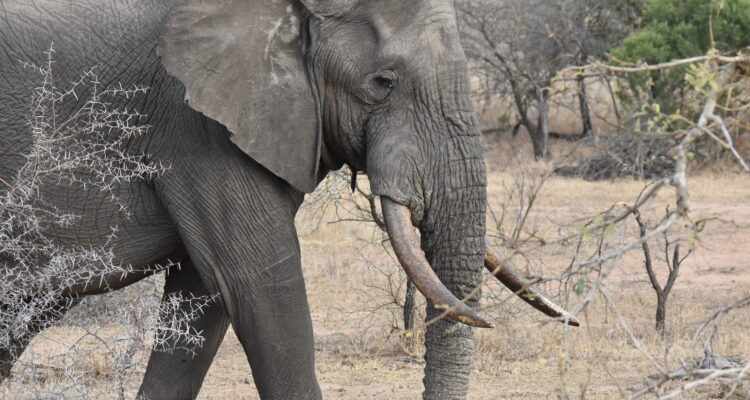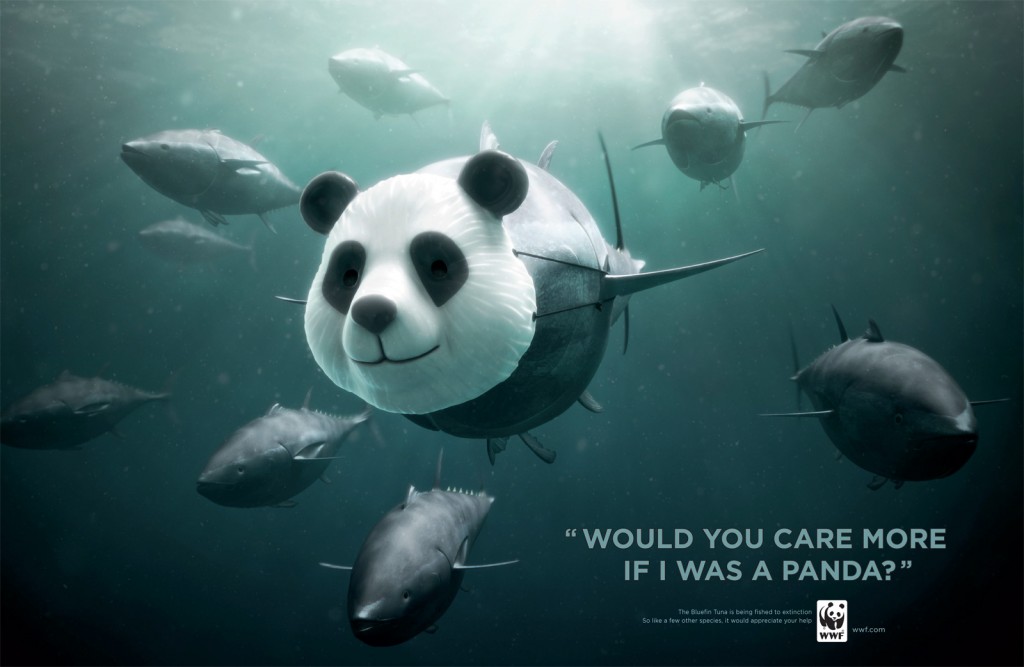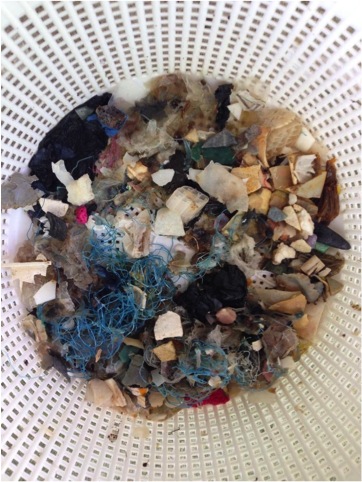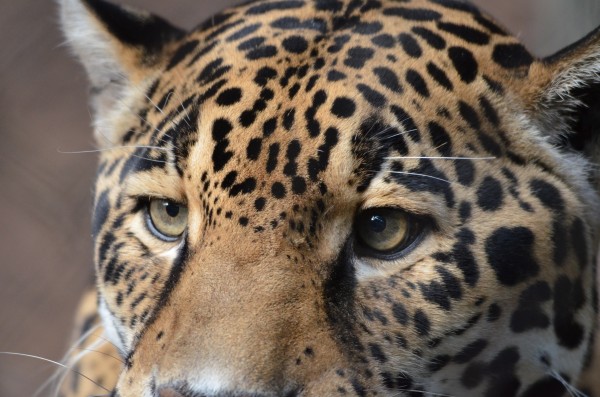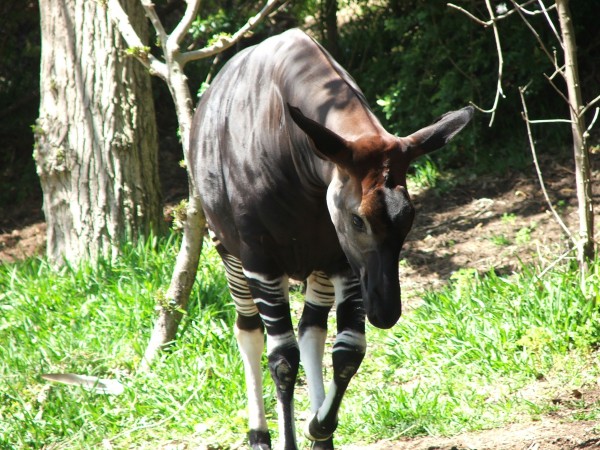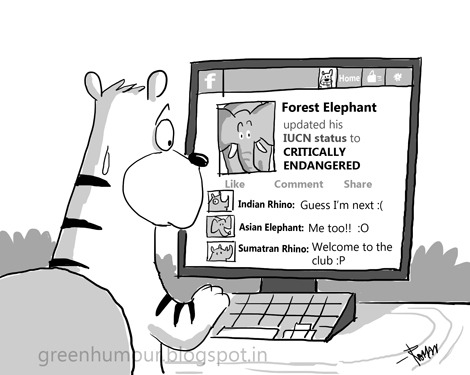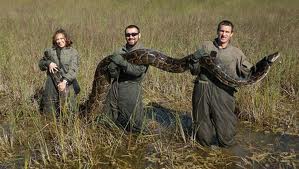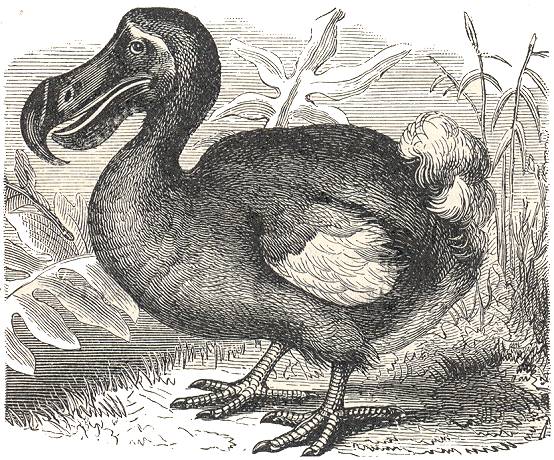This past year, I got the opportunity to interview some incredible conservation organizations regarding their work before, during, and after the Covid-19 pandemic. During such trying times, they continued to support wildlife and communities in range countries despite new challenges. You can read the article in its entirety at JEMA 2022v33i3.
Conservation Challenges in the Wake of a Global Pandemic
